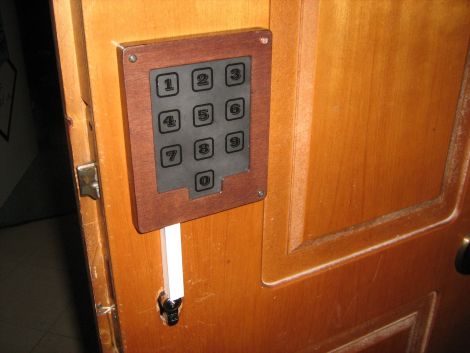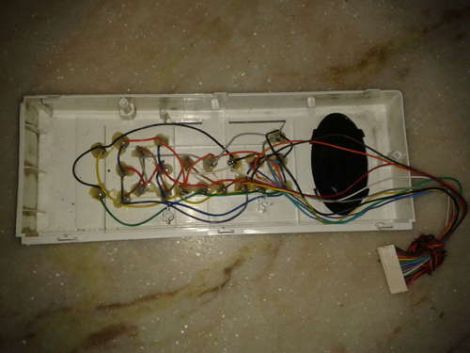If normal hallway lighting just doesn’t live up to your standards, this hack may be for you. When [Sean] fitted his kitchen, he replaced the flooring leading up to it. In true hacker form, he decided to forgo (supplement?) traditional lighting and came up with his own solution.
This solution involved embedding the skirting used around his hallway hardwood with blue LED lights. Unfortunately, these LEDs were actually longer than the skirting was thick, so some plaster carving was also necessary. It is all hidden very well behind the skirting, so you can’t tell. These blue LEDs give a really cool effect, similar to what can be seen at some movie theaters.
Although impressive in itself, [Sean] decided to also hook his setup up to a “Home Easy” device for control. A passive infrared sensor for this system has also been ordered so the lights can turn on without human interaction. We can see this being fantastic for those late night trips to the kitchen for a drink. With this low light solution, you won’t be wondering back to the bedroom without your night vision.

















